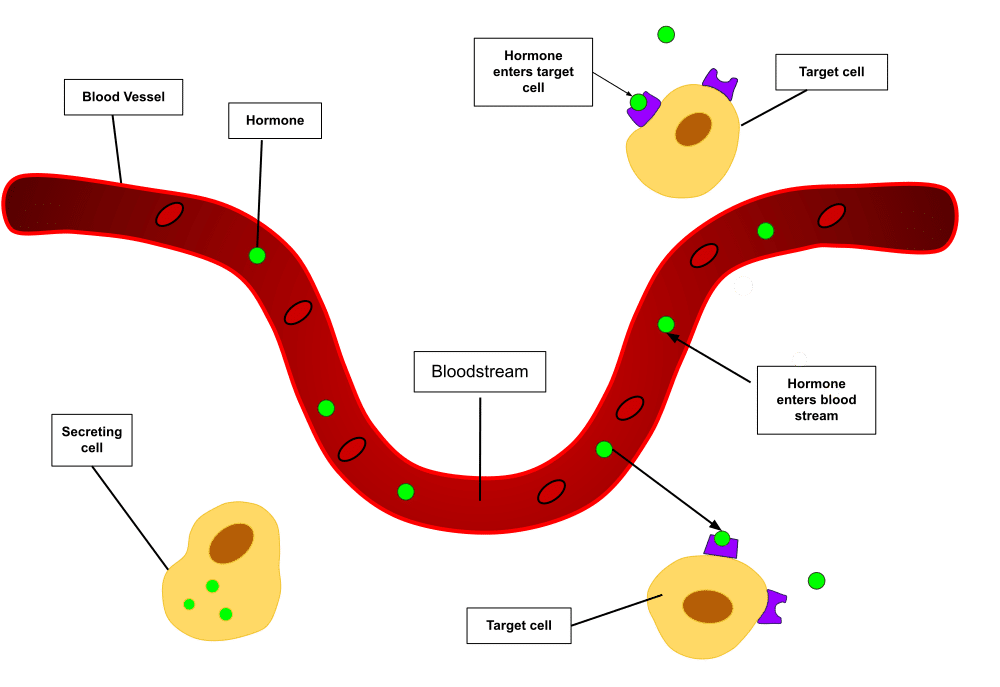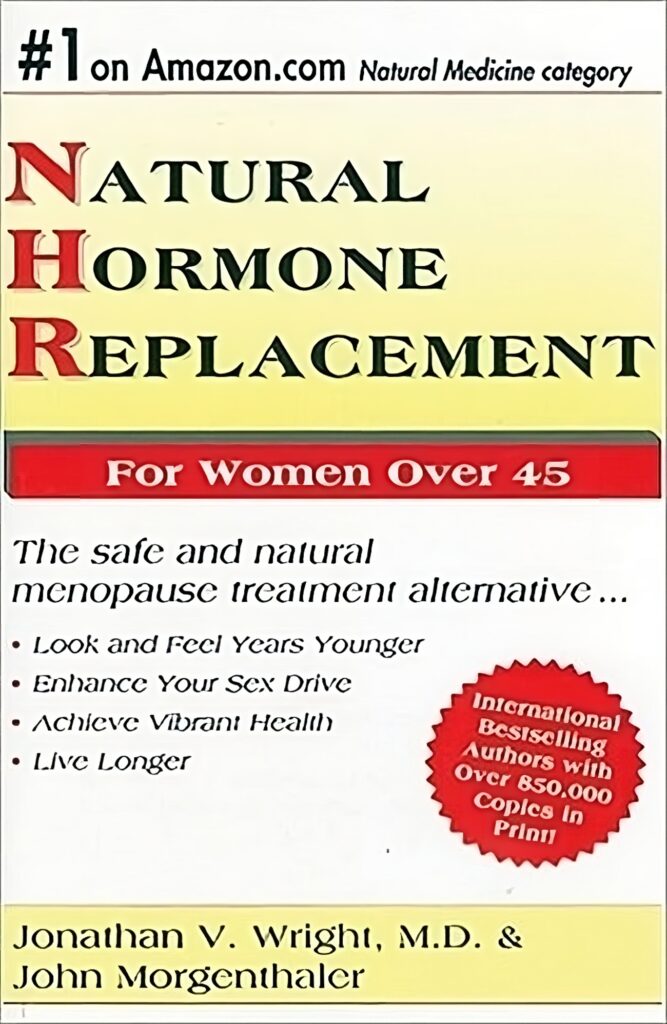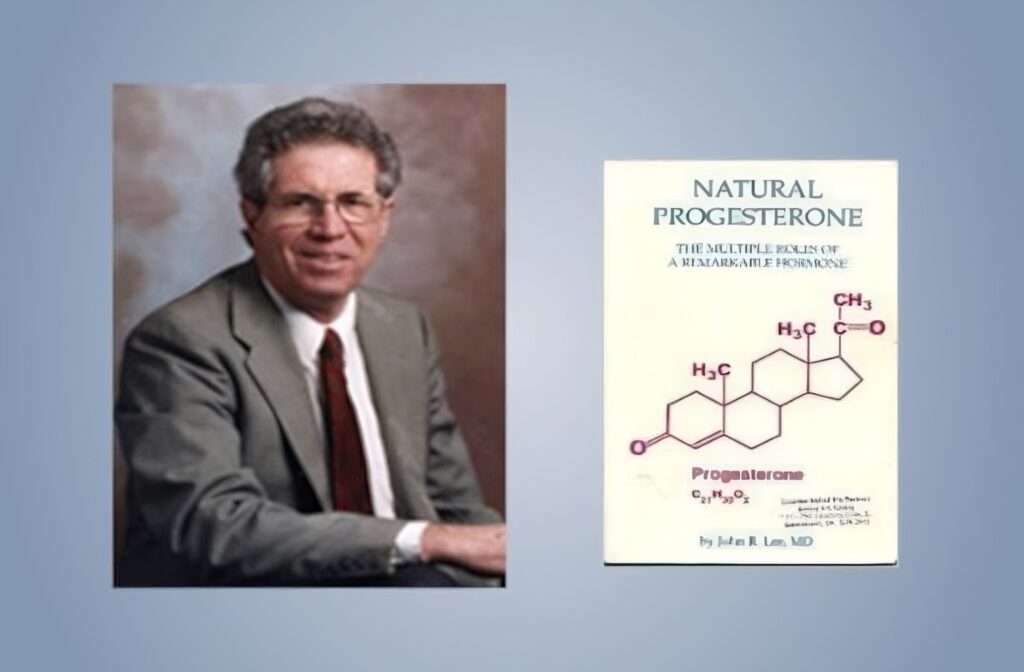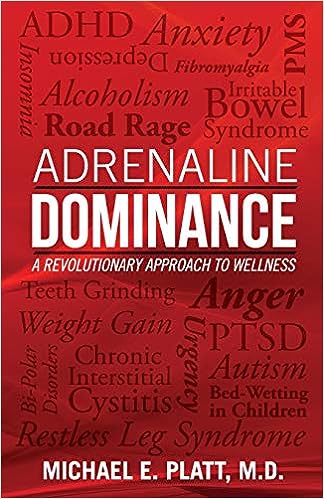The history of hormone therapies has rich and fascinating past. These therapies, which involve the use of hormones to treat various medical conditions, have evolved significantly over time, with advancements in medical science and technology.
History of Hormone Therapies
The process of hormone isolation involves extracting specific hormones from bodily fluids or tissues and purifying them to obtain a concentrated form. This breakthrough allowed researchers to study the effects of individual hormones in isolation, leading to remarkable advancements in various fields such as endocrinology, reproductive health, and neurology.

Adolf Butenandt
- 1929 Isolated estrone from pregnant women’s urine
- 1931 Isolated androsterone
- 1933 Isolated progesterone
- 1939 Nobel Prize in chemistry for work on sex hormones

Russell Marker
Developed “Marker Degradation” allowing for large scale production of progesterone from diosgenin from the Mexican wild yam (a plant sterol)
Here are the structural differences between diosgenin and progesterone:

Diosgenin

Progesterone
Fast forward to the mid-20th century, synthetic hormones began to emerge as a viable option for treatment. The development of synthetic estrogen and progesterone paved the way for more targeted and controlled hormone therapies. These advancements revolutionized the field of endocrinology and opened up new possibilities for treating conditions such as menopause, hypothyroidism, and various hormonal disorders.
On October 15th, 1951, Luis Miramontes created norethindrone, a synthetic progestin which launched the birth control industry.

Luis Miramontes

Norethindrone
Premarin Conjugated Estrogens USP

- Introduced in 1942
- First standardized to estrone and equilin sulfate
- Now standardized to 10 estrogens most found in horses only
- Androgens and progestogens (but not progesterone) reported
- Top 60 components reported
The ten conjugated estrogens identified in the USP monograph and other additional estrogens reported elsewhere are among the 60 steroidal components reported here. The LC-MS method was tested in different laboratories using multiple samples, and the obtained results were reproducible among laboratories.
Marketplace Analysis of Conjugated Estrogens: Determining the Consistently Present Steroidal Content with LC-MS
Premarin grew to be the most popular hormone therapy in the US in spite of opposition based on animal cruelty and the unknown consequences of non human hormones ingested regularly.

Jonathan Wright
Dr. Jonathan Wright proposed that we follow nature and use only “natural hormones”. Guided by testing he pioneered supplementing with a balance of hormones. NHT Natural Hormone Treatment evolved into BHRT Bioidentical Hormone Replacement Therapy.
History of Hormone Use as described by Dr. Jonathan Wright;
- Needham: Observed the collection of urine from young people dried and used by the emperor’s court in China
- Glandular: dried cow ovaries and injected testes
- Fetal cells: organ cells harvested from animal fetal tissue
- Semi synthetic hormones from diosgenin and other plant sterols

Katharina Dalton
Dr. Dalton discovered Premenstrual Syndrome (PMS) and pioneered progesterone treatment for that, and post partum depression.
Read: Once A Month! by Katharina Dalton
Dr, John Lee introduced the practical application of Dr. Ray Peat’s work on progesterone. This book is a primer. However, Dr. Lee promoted small doses of progesterone instead of Dr. Dalton’s generous doses and insisted on reliance on saliva testing.
Dr. Wayne Maxon and Dr. Joel Hargrove
FERTILITY AND STERILITY
Vol. 44, No.5, November 1985
Bioavailability of oral micronized progesterone

Wayne Maxon

Joel Hargrove
This was a landmark study. Previous observations claimed that little progesterone could be absorbed orally. Hargrove and Maxon proved that with micronization of the powdered progesterone and delivered with an edible oil, this was not the case.

This study, followed by another with a combination of estradiol and progesterone, helped fuel the pharmacy compounding industry. Now, not only could “natural” hormones or bioidentical hormones (BHRT) be used but the dosage forms and quantity of hormones could be tailored to individual use.
Despite decades of use of compounded and sometimes FDA approved bioidentical hormone formulations, the conventional medical system has not yet embraced the safety and usefulness of topping up hormones as they decline. Some medical groups embrace BHRT as a pillar of successful aging.
Today, bioidentical hormone products have become available without a prescription.
Here are some of the recommended companies:
Quicksilver Scientific (QS)
QS offers a wide choice of hormone products. The delivery system is based on nanoemulsion phospholipid technology. Smaller doses are effective because of improved absorption.
Ona’s Naturals
Ona’s offers a wide variety of hormone products in non-toxic bases.
SafaLab
SafaLab offers progesterone with some essential oils in their Calm Cream. And DHEA is available as XY Zone.
Plattpro
Dr. Platt developed a progesterone cream in an non toxic cream base.
Discover more from The Wellness By Design Project
Subscribe to get the latest posts sent to your email.





